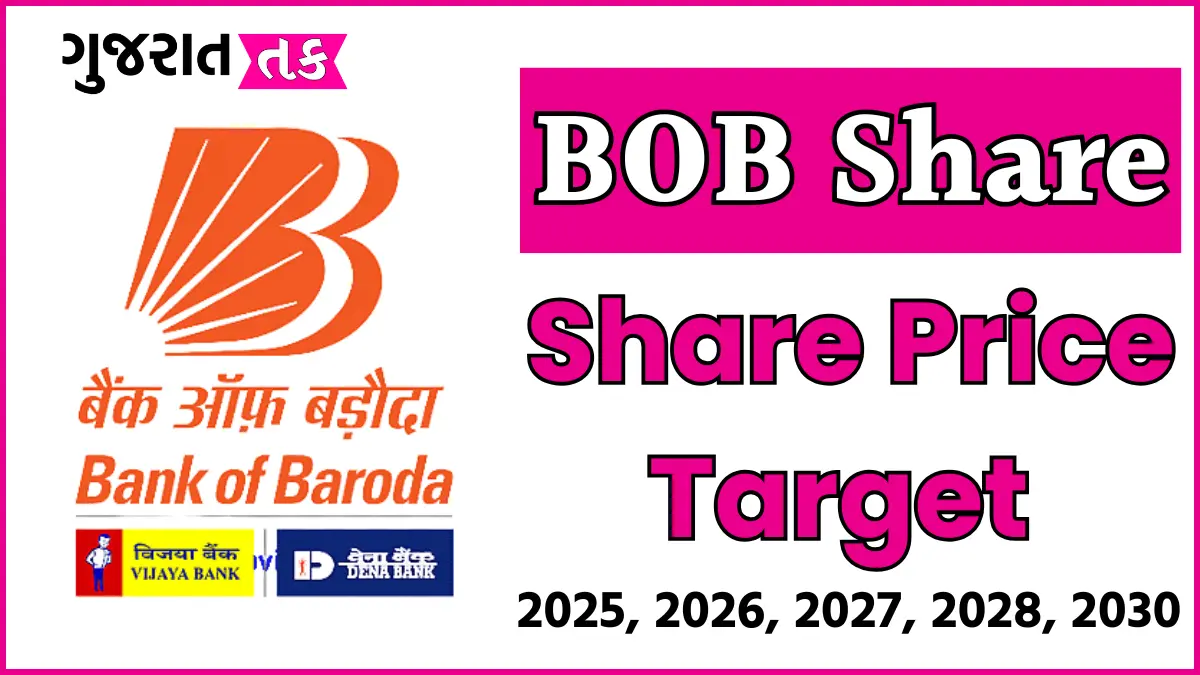Introduction
Bank of Baroda (BoB), one of India’s leading public sector banks, plays a vital role in the nation’s financial ecosystem. For investors, understanding the factors behind its share price movements is essential for making informed decisions. Whether you’re a seasoned trader or a beginner, this article delves into everything you need to know about BoB’s share price.
About Bank of Baroda
A Brief History
Established in 1908, Bank of Baroda has grown into a global financial powerhouse with operations spanning over 20 countries. Its journey from a local bank in Gujarat to one of India’s most trusted public sector banks highlights its resilience and adaptability.
Business Model and Offerings
BoB offers a range of services, including retail banking, corporate banking, loans, and digital banking solutions. Its contributions to India’s economic growth and rural development make it a cornerstone of the nation’s banking sector.
Factors Influencing BoB Share Price
Market Performance
The overall economic climate significantly impacts BoB’s stock. Economic growth, inflation rates, and changes in interest rates are some key drivers. Additionally, global market trends, such as geopolitical events or currency fluctuations, can influence the stock.
Bank Performance
BoB’s quarterly results, including metrics like net profit, non-performing assets (NPAs), and credit growth, are critical indicators for investors. Better-than-expected results often lead to a rise in share price, while poor performance can have the opposite effect.
Regulatory Changes
The Reserve Bank of India (RBI) plays a pivotal role in shaping the banking industry. Regulatory changes, government reforms, and policies aimed at boosting the financial sector can directly impact BoB’s stock.
Recent Trends in BoB Share Price
Year-on-Year Performance
Over the past year, BoB shares have shown fluctuations influenced by factors like interest rate hikes, government reforms, and the overall economic recovery post-pandemic. Analyzing these trends provides insights into the stock’s potential.
Key Events Impacting the Share Price
Major announcements, such as mergers, changes in leadership, or financial results, often cause significant short-term movements in the share price. For instance, updates on loan performance or dividend declarations can create ripples in the market.
Analyzing BoB Share Price
Technical Analysis
For short-term traders, technical analysis is key. Indicators like moving averages, RSI (Relative Strength Index), and MACD (Moving Average Convergence Divergence) help in identifying trends and potential breakout points.
Fundamental Analysis
Long-term investors should focus on fundamentals. Metrics such as the Price-to-Earnings (P/E) ratio, Earnings Per Share (EPS), and dividend yield provide a clearer picture of the stock’s valuation and growth potential.
Investing in BoB Shares
Benefits of Investing
BoB shares appeal to investors due to their steady performance, government backing, and attractive dividend payouts. For those seeking exposure to India’s banking sector, it’s a promising option.
Risks to Consider
Like any stock, BoB shares come with risks. Volatility, market competition, and macroeconomic factors can lead to sudden price changes. It’s crucial to weigh these risks against potential rewards.
Comparing BoB with Peer Banks
Performance Metrics
Compared to other PSU banks like State Bank of India (SBI) and Punjab National Bank (PNB), BoB has held its ground with consistent financials and customer satisfaction ratings.
Market Perception
Investor sentiment towards BoB often reflects its stability and growth potential, making it a favorite among those looking for steady returns.
Future Outlook
Growth Opportunities
BoB’s focus on digital transformation, expanding its rural reach, and improving credit quality positions it well for future growth. Its plans to adopt AI and blockchain technologies also promise to enhance operational efficiency.
Challenges Ahead
Intense competition, changing regulations, and the need to tackle NPAs remain significant challenges. Addressing these effectively will be critical for sustaining investor confidence.
How to Monitor BoB Share Price
Tools and Platforms
Platforms like NSE India, BSE India, and financial apps like Moneycontrol or Zerodha provide real-time updates on BoB’s stock.
Tips for Tracking Stock Trends
Set price alerts, follow expert analyses, and regularly review news related to the banking sector to stay ahead.
Conclusion
Bank of Baroda’s share price reflects its journey as a cornerstone of India’s financial system. With a mix of steady growth, government backing, and future potential, it remains a compelling option for investors. By staying informed and analyzing trends, you can make the most of this stock’s potential.
